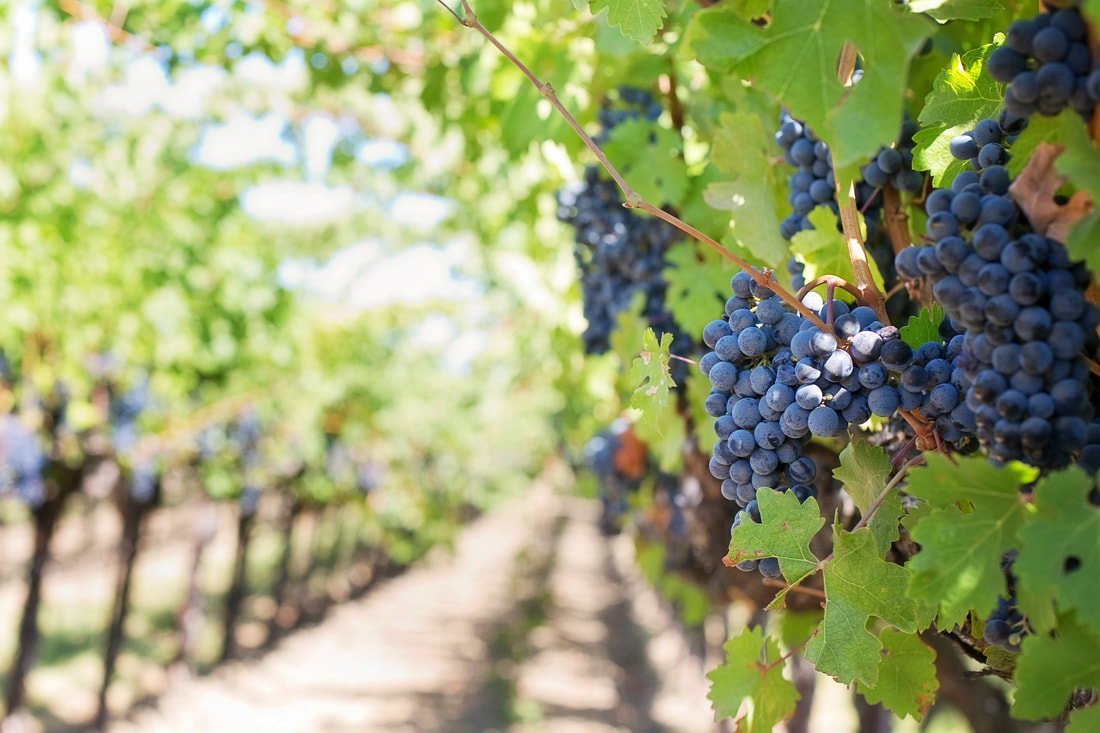|
A team of researchers from major American land-grant universities recently published a study in BioScience challenging the familiar assertion that “to feed the world, we need to double food production by 2050.”
Also read, Food production must change to support population growth, new report suggest. Reported in the Proceedings of the National Academy of Sciences in 2011, this refrain has been repeated by influencers from National Geographic to the United Nations, as well as leading public academics and some of the biggest corporate actors in agriculture, including Monsanto, Cargill, and Syngenta. The year 2050 is only 33 planting seasons away, as the study’s lead author Mitch Hunter stresses. Achieving a 100-percent increase from current production—or doubling it—would mean growing output faster than humans ever have, year over year for those next three decades straight. Reaching that milestone through continued conventional intensification would have dramatically negative environmental and social impacts. While a body of research from the early 2010s did predict a doubling of demand by 2050, Hunter’s study argues that the data now support a more moderate 26 to 68-percent increase. The new research indicates that “roughly historical rates” of production growth should be able to meet this lower demand. The authors also underscore, however, that their projections demonstrate a need for a 26 to 68-percent increase not in production alone, but in secure access to a nutritious and diverse diet. Citing estimates that 30 to 50-percent of food produced today ends up wasted because of gaps in storage, transportation, and utilization, the study paints a cautiously optimistic picture. Hunter clarified in an op-ed that the team is not disputing the methods used in the original projections they sought to double-check, most famously published by the U.N. Food and Agriculture Organization (FAO) and the University of Minnesota. Instead, they updated the 2005 baseline data that the well-cited projections used. Global cereal production, for example, has already jumped by 24 percent since 2005, and oil crops 39 percent. The team replaced the now decade-old crop production data and used newer, higher estimates for global population growth. Using old numbers is dangerous when discussing something as far-reaching as global agriculture, argues Hunter. “The dramatic call to double production by 2050 has led to a focus on agricultural intensification. This, in turn, fosters a produce-at-all-costs mentality, which may exacerbate existing environmental challenges by increasing the use of fertilizers, pesticides, irrigation, and tillage,” he wrote. The paper recently met criticism in the form of a rebuke by a group comprised of six of the world’s biggest agricultural corporations who maintain that agriculture must aim to double productivity in the food system by 2050. Hunter says he is glad that his team’s work has “reached beyond academia and sparked discussions within industry.” However, he also thinks that their critique perpetuates a common fallacy: that increasing production efficiency alone will make agriculture sustainable. “Of course we need to be more efficient,” he says, “but the question is, efficient with what? We’ve increased total factor productivity greatly throughout the history of modern, industrialized agriculture while still creating major problems with soil erosion, nutrient losses, greenhouse gas emissions, and land conversion. That’s why it’s so critical to specify quantitative environmental goals that can counterbalance production goals.” While the researchers may have made headlines by reworking the food demand numbers, they ultimately aim to steer the conversation about the future of food to a more coherent focus on sustainable intensification. Hunter is clear that he hopes the study’s findings will not be interpreted to justify “reducing urgency” or lessening support for research and innovation. “Growing food is only one piece of the challenge, and I hope that our study has helped broaden the narrative,” he says. “My main hope is that researchers, farmers, and policymakers will consider production and the environment as equally urgent goals and take immediate steps to drive progress toward both of them.” To receive a PDF copy of the study, please contact Mitch Hunter. SOURCE Food Tank
0 Comments
Leave a Reply. |
Advertisement
News & Updates
Stay informed with the latest news around foodservice, agriculture and other related food news. Advertisement Opportunities
|


 RSS Feed
RSS Feed


